James Diamond is our Operations Director for the south of England. He tells us what is so special about this site, and what the story behind the headlines is.
Saving the site
The news in December last year that West Dorset District Council had granted planning permission for a solar farm on an alternative site next door to Rampisham Down Site of Special Scientific Interest (SSSI) marked a significant development in a long running saga. It was warmly welcomed by our Chairman, the solar farm developer and conservation organisations including Dorset Wildlife Trust.
Rampisham Down was already recognised as an important site for conservation when the original proposal for a solar farm on the site came forward in 2013. Natural England put forward suitable alternative sites nearby as it advised that the proposal would destroy much of the special wildlife value of the acid grassland.
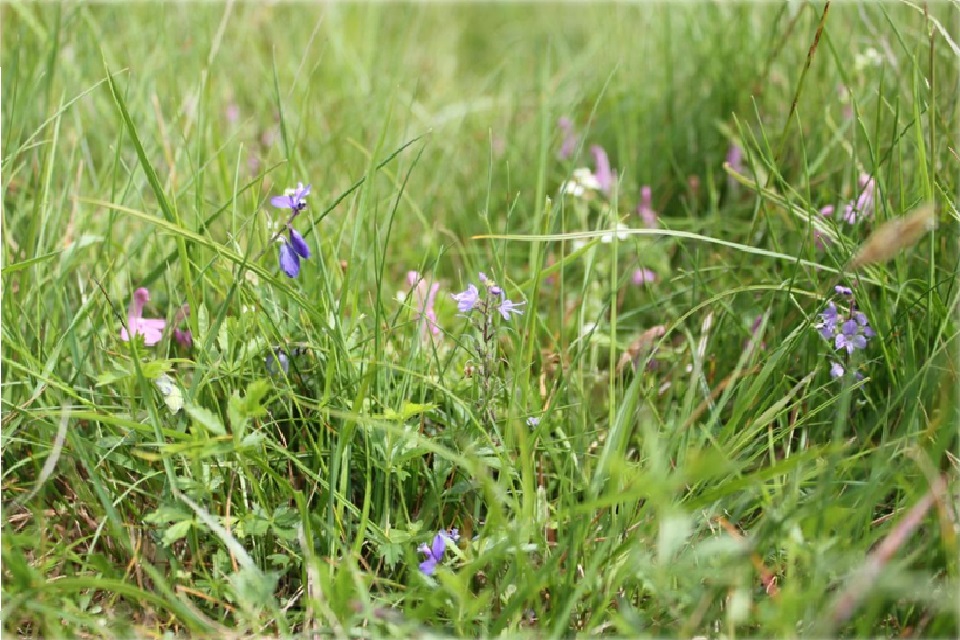
In keeping with our commitment to be proactive, strategic and transparent we publish details of our planned designation programme on an annual basis, so that landowners and decision makers are fully informed and can plan for any potential changes. For example, we were delighted to designate West Pennine Moors in November 2016, which is the largest new terrestrial site protected as an SSSI for a decade. At Rampisham our decision to designate the site as a SSSI in 2014 recognised its special wildlife value and happened whilst the threat of the planning application was at the forefront of many people’s mind.
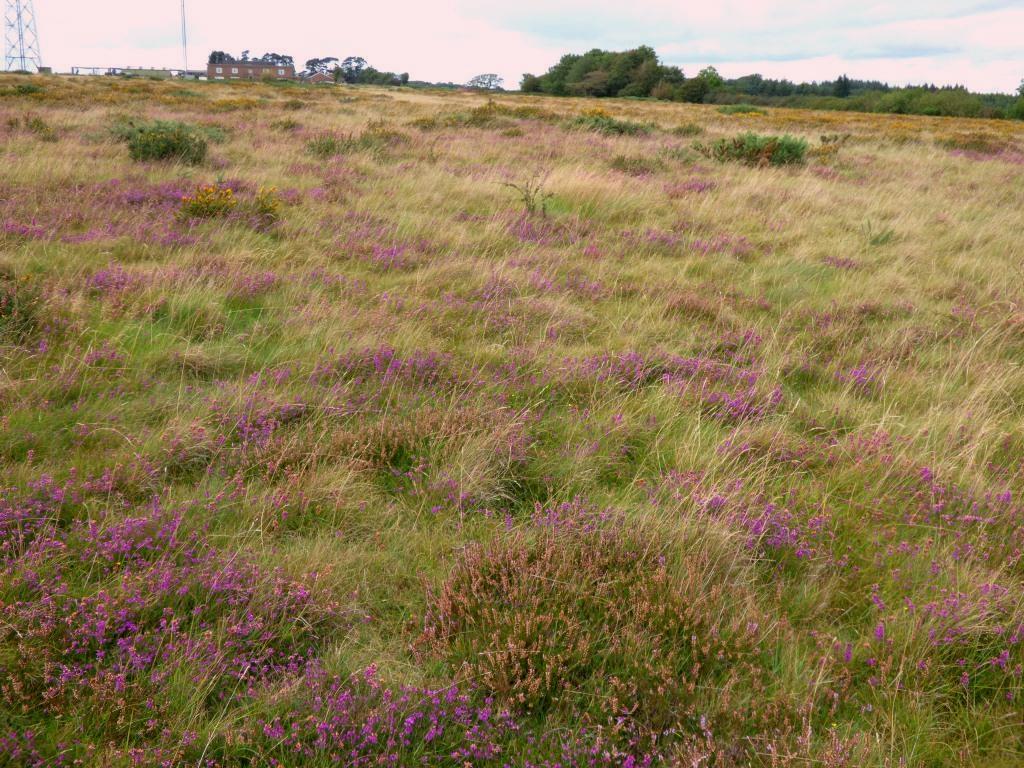
Having considered our advice and the designation the local authority decided to grant permission for a solar farm on the Down. In response, the Secretary of State ‘called-in’ the decision and it looked as if we were all heading for Public Inquiry some time in 2017.
As we all prepared for the Public Inquiry, we invested heavily in continuing to talk to the developer to try to find a solution. This is how we work, and is a great demonstration of our Conversation Strategy in action, always looking for the best outcome for both nature and people. Our staff went the extra mile, and used our technical expertise and local networks to investigate the possibilities for an alternative neighbouring site with Historic England, the Dorset Area of Outstanding Natural Beauty (AONB) and local landowners.
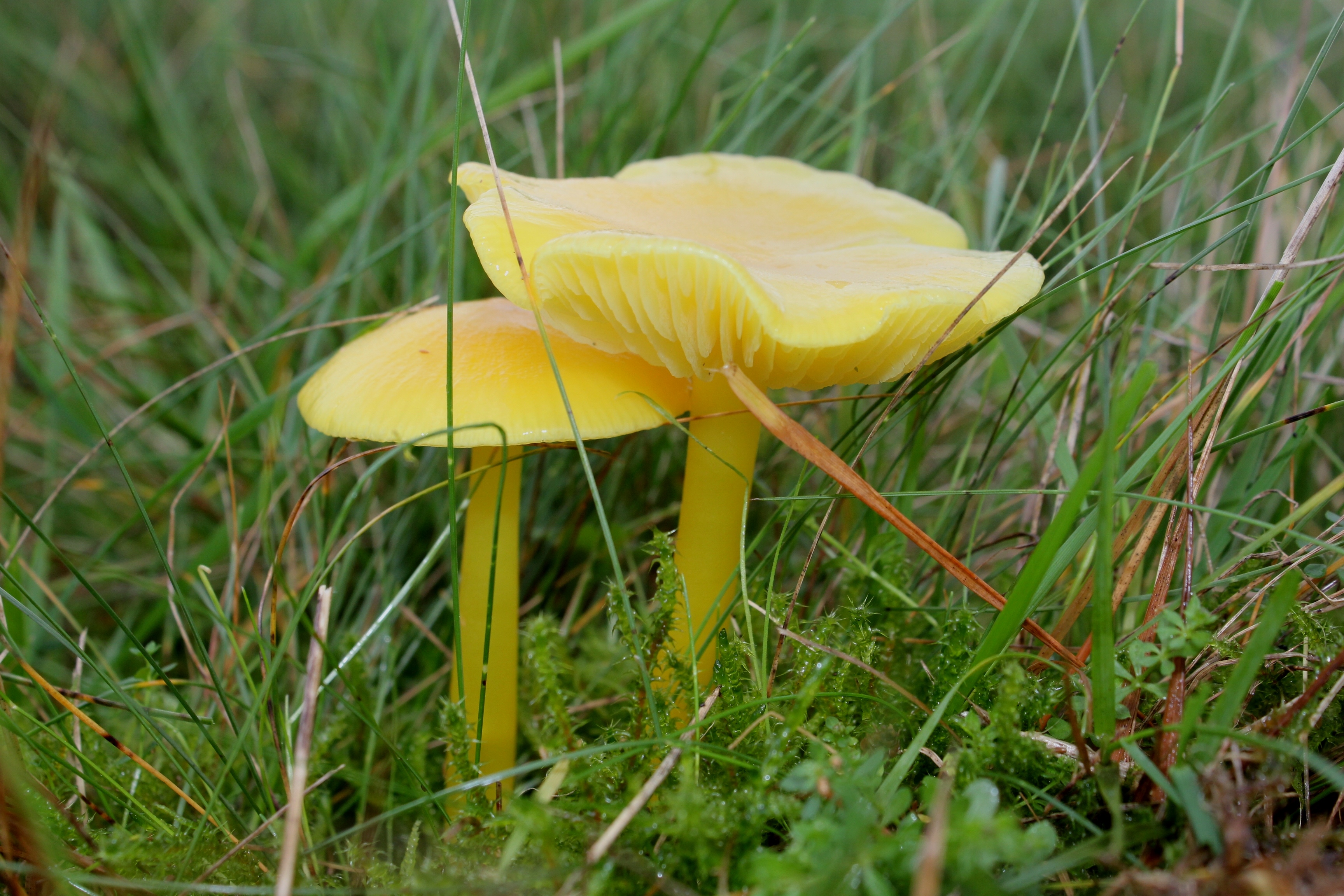
Fast forward a few months and we are working well with the developer on the alternative site (which eventually received planning permission last December). Using our chargeable advice service - the Discretionary Advice Service (DAS) - enabled us to invest as much time and expertise as required to get a positive result our advice was fully funded by the developer, not the taxpayer. In fact by charging for our advice in 2016 we were able to provide over one million pounds of additional advice as an organisation to help developers look after and invest in nature.
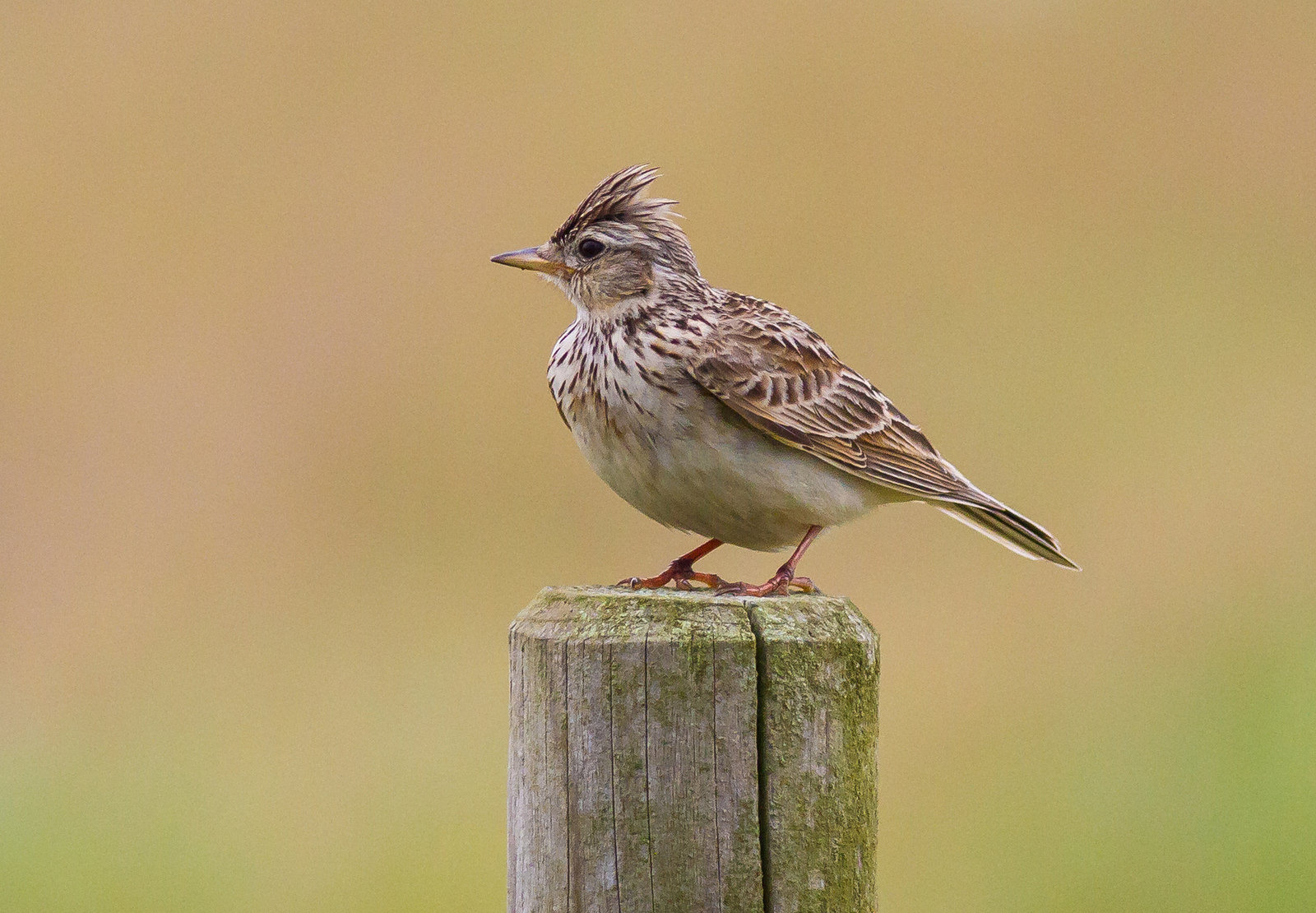
The future for Rampisham Down
So as a result of the extra advice we’ve ended up with an important renewable energy facility and a newly-designated SSSI with strong legal protection. We’ve also signed the developer up to a 10 year management plan to begin restoring the site to favourable condition, and made provision to look after the scheduled historic monument. All this without the unnecessary costs of a public inquiry.
Many people made this great outcome possible. British Solar Renewables, West Dorset District Council, Historic England and Dorset AONB all helped turn the alternative site into reality. Dorset Wildlife Trust has always taken a very keen interest in the case and is now working on the long term future of Rampisham Down with the developer.
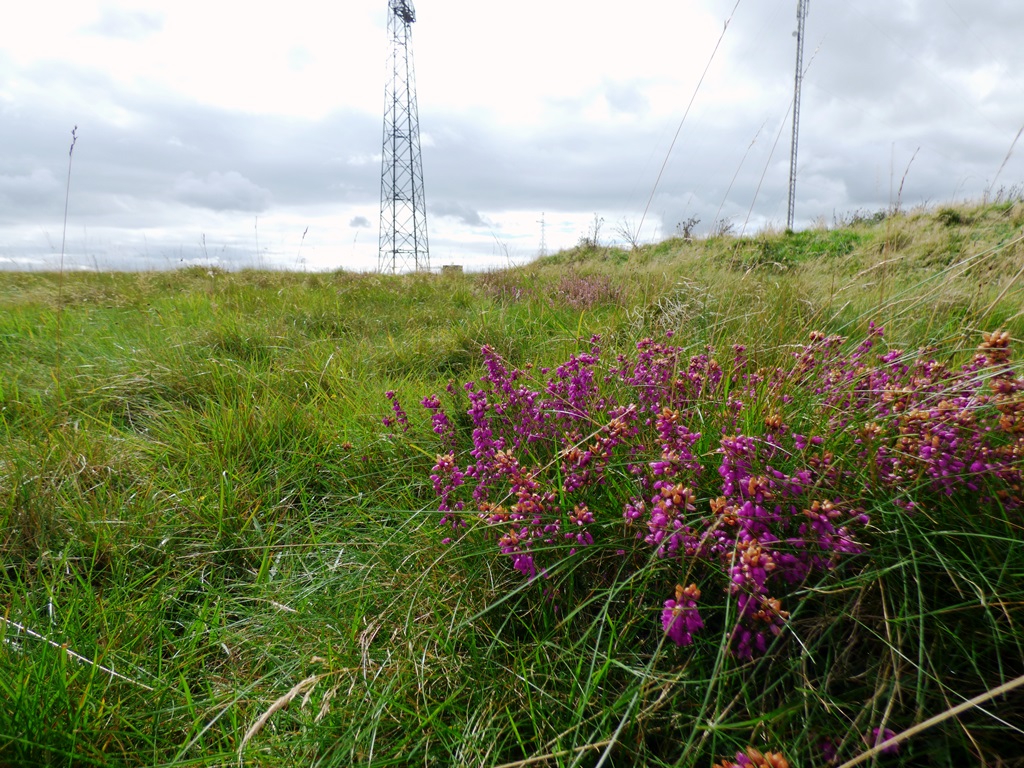
The Rampisham Down story got off to difficult start. However we remained focussed on ambitious outcomes, thinking big and being open minded, using conservation tools in traditional and new ways, and always taking people with us. We do this every day and it’s a great feeling for us all when we succeed. The rare fungi, insects, adders, skylarks and the special acid grassland plants of Rampisham Down and the local people who value and enjoy them are the real winners.
Want regular alerts? Sign up to our blog.
1 comment
Comment by Pam Sharman posted on
Dorset Planning committee should all sacked, they are a disgrace and must have no comprehension of wildlife conservation, they should hang their heads in shame